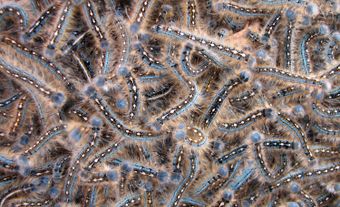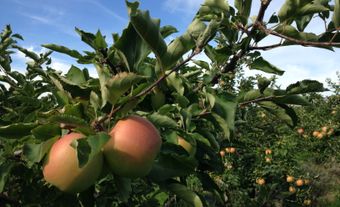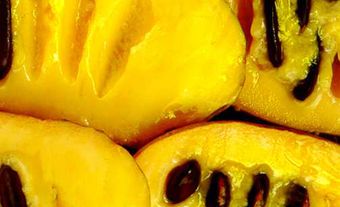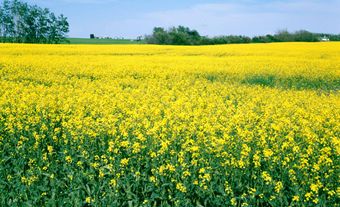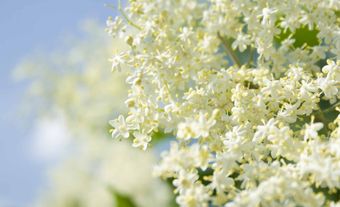Leguminosae, or Fabaceae, is the third-largest family of flowering plants, containing up to 650 genera and 18,000 species. Over 4,000 species are native to North America, most of which are members of the bean subfamily. They occur as scattered, secondary components of native vegetation. Over 2,000 species of milk vetch (genus Astragalus) alone occur worldwide, more than 40 in Canada. Other common native legumes are lupines (Lupinus), vetches (Vicia), locoweed (Oxytropis) and vetchling (Lathyrus). Most legumes, in association with strains of the bacterium Rhizobium,"fix" part of their nitrogen requirement and improve soils as green manure. Legumes are also a staple in the diets of both animals and humans.

Legumes in Agriculture
Most agriculturally important legumes in Canada have been introduced. Alfalfa, sweet clover and red and alsike clovers are introduced forage legumes used widely for hay and green manure. They are used sparingly for pasture and are usually mixed with grasses, since they can cause potentially fatal gas buildup (bloat) in grazing animals. Several forage legumes (e.g., sainfoin and birdsfoot trefoil) do not cause bloat and are used for pasture in limited areas.
The pulse crops comprise a second very important group of large-seeded, introduced legumes. Most pulses grown in Canada are cleaned and exported for human consumption. The dry bean is the most important Canadian pulse crop. The dry pea or field pea is the second most important crop, followed by lentils and faba beans. Soybean (properly an oilseed, not a pulse) is also produced, although primarily in southern Ontario.

 Share on Facebook
Share on Facebook Share on X
Share on X Share by Email
Share by Email Share on Google Classroom
Share on Google Classroom
